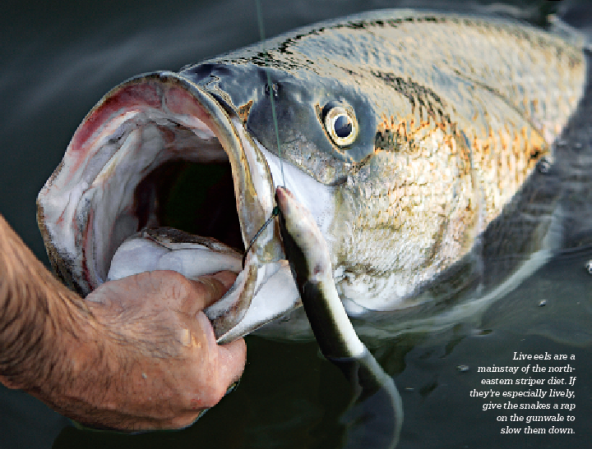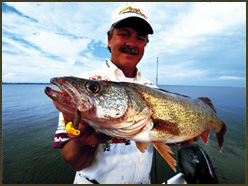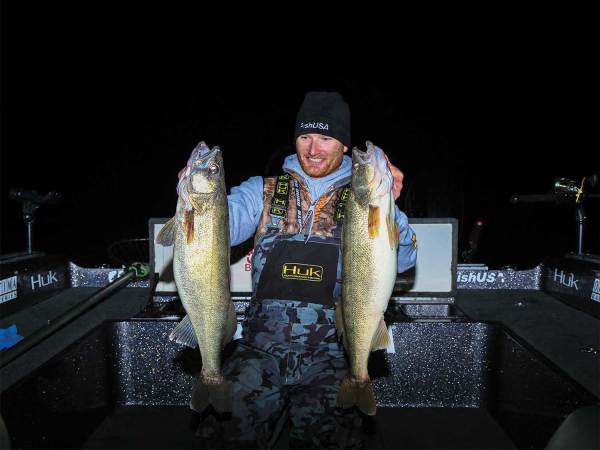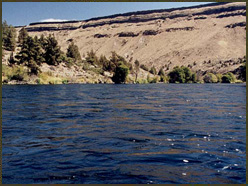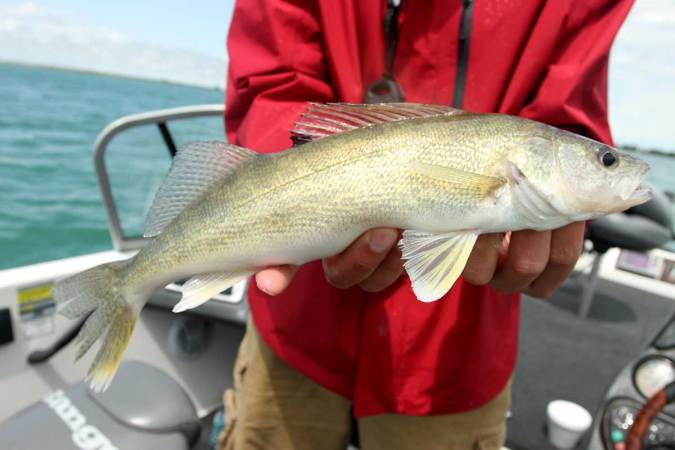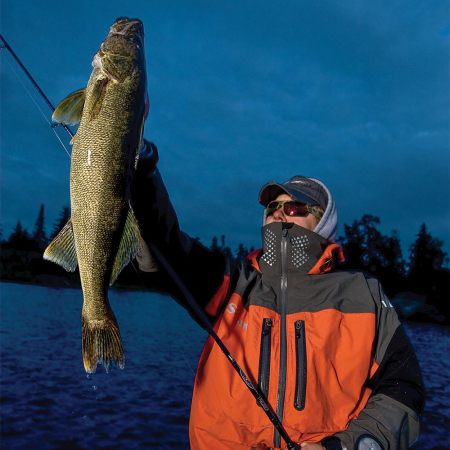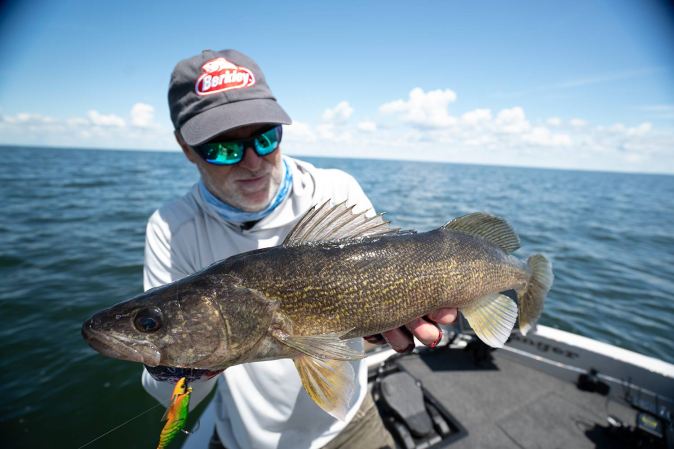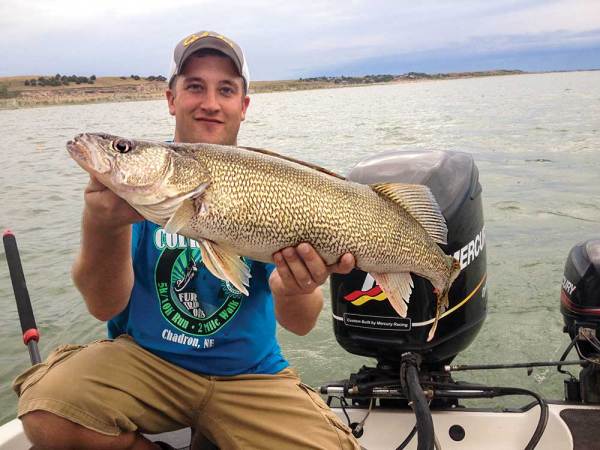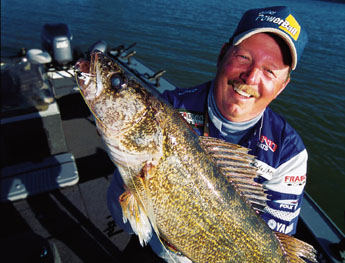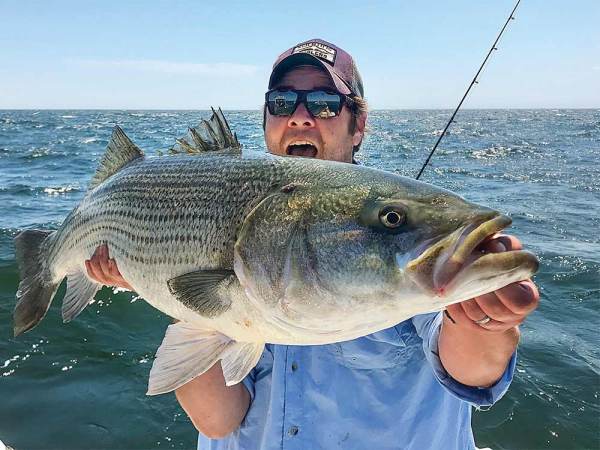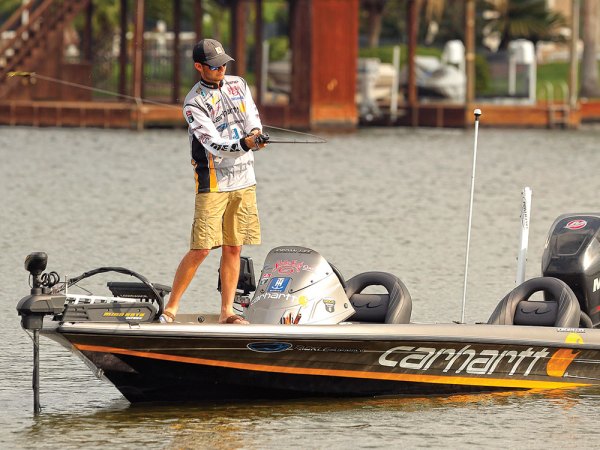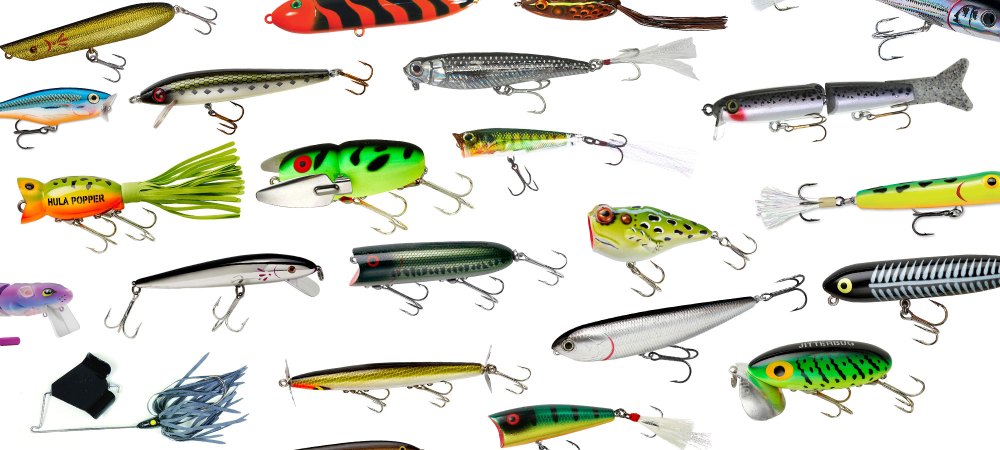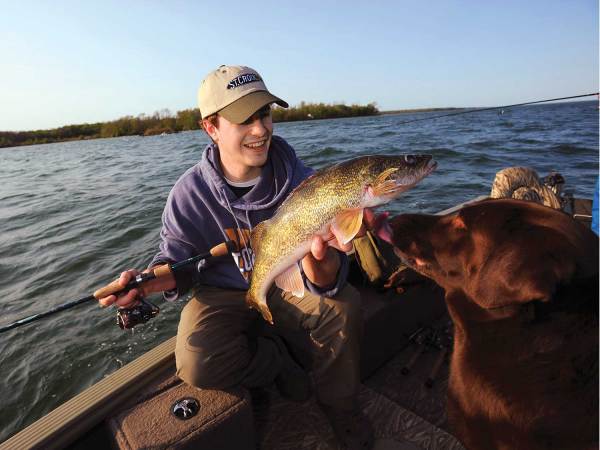M.”Ramrod” Hall has been an avid striper fisherman for 30 years and astriper guide on Virginia’s Kerr Lake since 1989. He speaks slowly, withcarefully chosen words that get right to the point. And he moves withdeliberate, unhurried precision about his 20-foot, center-console boat. Butwhen it comes to new techniques for striped bass, Hall is quick on thepickup.
He was way aheadof the pack with in-line planer boards. Though planer boards are catching onwith striper fishermen only now, Hall started using them in the early 1990s.Since then, boards have accounted for about half of the stripers he’sboated–and that’s a lot of fish.
Boards designedfor walleye fishing have a heavy weight fixed along their bottom edges. Thisballast holds the boards upright and allows the crawl speeds walleye fishermenoften employ when they troll crankbaits. A walleye board’s ability to performat slow speeds makes it equally effective for dragging live baitfish forstripers.
IT’S ALL IN THERIGGING
Hall favors theoriginal yellow boards offered by Off Shore Tackle. These have a line-releaseclip on the front and a corkscrew line attachment on the rear. When a stripertakes the bait and jerks the release free, the board slides down the line andstops when it reaches a large swivel knotted 4 feet ahead of the hook. Thiseliminates the board’s resistance and prevents it from drifting off during thebattle. (989-738-5600; offshoretackle.com)
Since walleyesusually don’t pull hard enough to free the release, walleye fishermen slowlywind the board to the boat, remove it from the line by hand, and then work thefish to the net. To speed the process of detaching the board for walleyeanglers, Off Shore replaced the rear corkscrew with a second release clip.Striper fishermen will be happy to learn that Off Shore has also introduced anew orange board, the OR-31, with the original corkscrew line attachment.
A Church TackleWalleye Board also works well for striper fishing. It has a front clip and aquick-release pin on the rear. When the clip breaks free, the board slides downthe line. (269-934-8528; churchtackle.com)
FRISKY LIVEBAITS
“I use threekinds of bait,” Hall says. “If I can get them, I prefer bluebackherring because they’re like candy to stripers. Gizzard shad are my secondchoice, followed by shiners.”
Hall keeps the 6-to 7-inch baitfish lively in an aerated, filtered, 50-gallon tank. In the deadof winter, when stripers grow sluggish in the cold water, he downsizes to4-inch shiners. When using the smaller bait, Hall runs a No. 2 Eagle Claw L042hook through both nostrils of the minnow.
If larger bait isbeing used, Hall runs the same hook into the fish’s mouth and out the top ofits nose. These hooking methods keep the baitfish alive and swimmingfreely.
TAKE IT EASY
A slow trollingspeed lets the bait swim naturally. Hall inches his boat along with abow-mounted trolling motor that features an electric steering pedal andautopilot. The long cord to the foot pedal lets him operate the motor fromanywhere in the boat, while the auto pilot keeps him on course when he’ssetting lines or netting stripers.
With the boatmoving at trolling speed, Hall sets out three planer-board rigs on either sideof the boat from 30 to 100 feet away, and then lets out eight more lines offthe stern.
The slow trollingspeed allows the bait to move about helter skelter, exactly the kind of easymeal a hungry striper is looking for. “There’s no guesswork when a stripertakes the bait,” Hall says. “It jerks the board back hard. I’ve got myreleases set light enough that they pop loose.”
When all 14 rodsare out and rigged to cover a wide swath and various water depths, Hall likeshis odds for running his baits in front of stripers. Who wouldn’t? It’s afull-court press.
For more onfishing, go to outdoorlife.com/fishing
How to Rig Up
Ramrod Hall’s trolling pattern involves 14 rods riggedfor various depths. If most strikes occur at a particular depth, he mightmodify his pattern accordingly.
1. BOARDS Hall clips a board to a line, then drops the board into the water and lets itcarry the line out to the side. The clip tension is light enough so that anystrike pulls the line free.
2. LINES With the boat moving at trolling speed, Hall lets the bait pull out 40 to 90feet of 17-pound-test Stren mono filament. Each line has a swivel attached 4feet above the hook.
3. EXTRAS Four shallow flat lines with baitfish are set out off the stern. Four more downlines with 3-ounce sliding egg sinkers cover the deeper water directly behindthe boat.
4. SPEED A trolling speed of about 1 mph lets the bait minnows swim naturally. Hallmoves the boat along with a bow-mounted trolling motor with autopilot andremote control.
5. STRIKES If a striper takes a baitfish connected to one of the outside boards, theboards inside it are reeled in. This keeps the striper from tangling the otherlines during the ensuing fight.
6. WEIGHTS A snap weight/release that clips to the line between the board and the baitfishgives the bait more freedom to move.
Bright, Light Cat’s Eyes
If you wear a cap when you hunt or fish and have aCat’s Eyes cap light attached to the bill, you’ll never fumble for yourflashlight–it’ll be right there above your eyes when you need it.
HOW IT WORKS: A clip mounts the Cat’s Eyes securely tothe cap’s bill and a switch at its rear turns the headlamp on and off. You’llnever know it’s there–the lamp weighs less than an ounce and a half.
BATTERY INFO: Its three bright LED bulbs, powered byfour lithium coin cell batteries, are available in white, green or red. Thebattery burn time is 24 to 48 hours.
TO ORDER: About $16; 501-374-1930;universalmerchandisers.com

